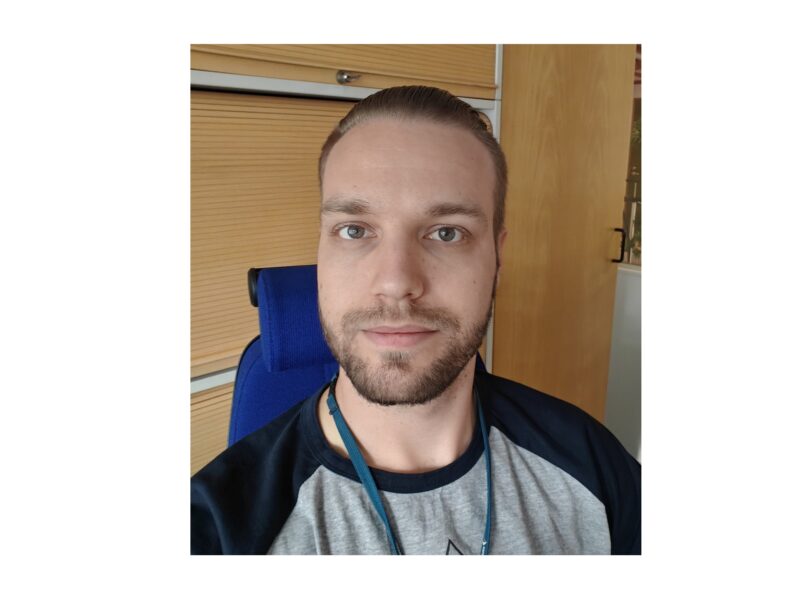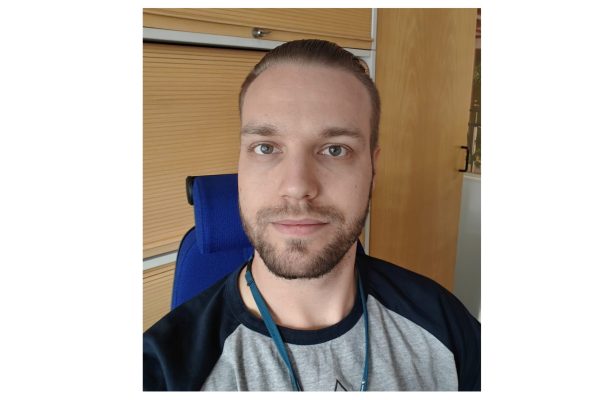Every great shift in history begins with a shared decision to move forward, even when the path is uncertain. The move toward a sustainable future is no exception.
Despite recent headwinds in the green transition, the urgency to mitigate climate change remains unchanged. A significant reduction in the use of fossil energy must be achieved over the coming decades. Looking at the amount of fossil fuels used worldwide and available renewable options, one quickly realises that all solutions to reduce emissions are needed. Forecasts and models show that any one single currently available solution can replace, at their very best, less than half of fossil fuel used in transportation by 2040. There is no silver bullet.
Neste’s core business is based on converting renewable raw materials, primarily waste and residues, into renewable products using our proprietary NEXBTL™ technology. This process allows for the production of renewable fuels and other renewable solutions for various sectors.
The outlook for renewable diesel shows solid growth, driven by increasing mandates and a global need to combat climate change. Neste MY Renewable Diesel is a key product in this field, being compatible with all diesel engines, enabling greenhouse gas emissions to be reduced by up to 90% over its life cycle compared to fossil diesel (calculation method: EU RED). Produced from renewable raw materials, the carbon in renewable fuels, such as Neste MY Renewable Diesel circulates within the ecosystem, unlike fossil fuels, which add new CO2 to the atmosphere when burned.
Several companies, including BMW, Deutsche Bahn, and Liebherr, have successfully adopted Neste MY Renewable Diesel to reduce their emissions. These partnerships demonstrate the ease of adoption, verifiable reductions in GHG emissions, and drop-in nature of renewable solutions in various industries.
Kristian Pettersson works as a Researcher at Neste, one of the key members of the Flex-CPT consortium. He contributes actively to the project, in particular through WP3 “Regulations and Feasibility of Multi-fuel Combos,” and also serves as a member of the Project Steering Group and the Project Committee.



